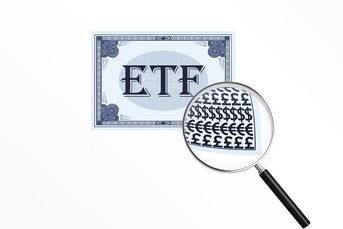Be careful with leveraged ETFs
Investors considering using ETFs that seek to magnify return of a given index need to understand the risks, says S&P Capital IQ's Todd Rosenbluth.
While small in overall size, leveraged exchange-traded funds at times earn disproportionate attention from the ETF industry. This week, BlackRock CEO Larry Fink made headlines saying that leveraged funds contain structural problems that could “blow up” the whole industry one day.
While S&P Capital IQ does not necessarily share that view, we believe the use of products that aim to deliver multiples of the performance of the index or benchmark they track should be used only with a full understanding of the related risks.
S&P Capital IQ focuses its risk analysis for ETFs on a review of the ETF’s underlying holdings — using metrics like S&P Capital IQ Quality Rankings and Standard & Poor’s Credit Ratings — and recent trading patterns of the ETF through a review of its liquidity and/or volatility.
Leveraged ETFs, which use derivatives in an attempt to magnify the returns of a given index, incur a significantly different level of risk. We believe advisers and investors using leveraged ETFs as a vehicle for long-term asset allocation have found an easy to way to get hurt.
Even if the S&P 500 Index moves up 10% over the next year as you hoped when you bought three-times leveraged UltraPro S&P 500 (UPRO 106 NR), you might not end up with the expected 30% return (minus fees) and indeed you might actually lose money on this seemingly astute investment. Many leveraged ETFs like UPRO, which trades on average more than 800,000 shares a day, rebalance their assets daily with an eye toward delivering the multiple of the index’s returns for a day. The one-year holding period of your theoretical trade is not taken into account, so your return will likely be quite different than the benchmark listed in the ETF’s name.
One of the great things about ETFs is they give investors a way to gain exposure to an investment style with the benefit of passive management. Indeed, we think advisers who want to gain exposure for their clients to the S&P 500 Index’s potential gains would be better suited choosing the unleveraged SPDR S&P 500 (SPY 192 Overweight) and not get greedy.
Todd Rosenbluth is director of ETF research at S&P Capital IQ
Learn more about reprints and licensing for this article.






